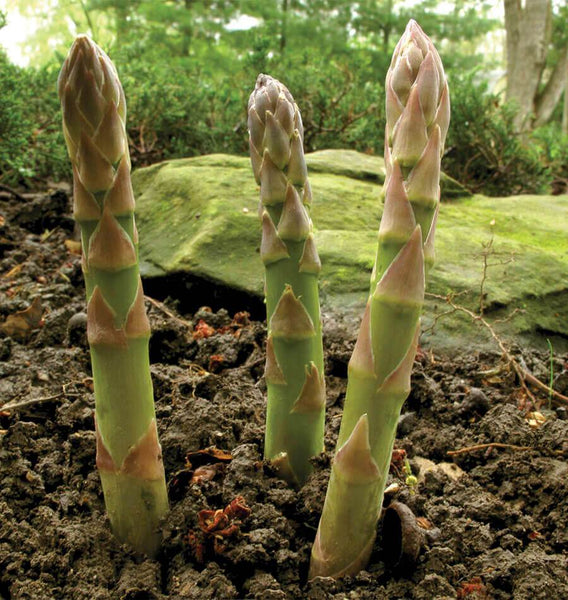Here is all the information you need on how to grow hops. Hops make a dramatic addition to ornamental gardens. Highly decorative, fast growing, trouble free, and cold hardy, hops give a flare and interest to gardens that few other plants do. Ideal for trellises and arbors and as a fast growing perennial hop bines are perfect for creating a privacy screen at the back of the garden. And no, bine is not a typo! A bine is any plant with a stem that twists around something as it grows. Hops are herbaceous perennials. Expect them to die back to the ground in the winter and to leap back to life in the spring.
Latin
Humulus lupulus
Family: Cannabaceae
Difficulty
Easy
We Recommend: Cascade Organic (HO100) is a great all purpose variety, and probably the most widely used in the brewing industry.
Season & Zone
Season: Warm season
Exposure: Full sun to partial shade
Zone: 3 and up
Timing
Plant hops rhizomes in early spring, as soon as the ground can be worked. If the weather turns and hard frost threatens after planting, mulch over the planted area with straw, leaves, or even plywood in order to provide some frost protection. If you cannot plant outside immediately, they can be stored slightly damp in the refrigerator for several weeks.
Starting
Plant your rhizomes, woody stems from 10cm to 15cm (4” to 6”) in length, as soon as they arrive in the mail. Plant about 10 cm (4”) deep with the buds pointing up with the rhizomes either lying down or pointing up, whichever direction the buds are growing in.
Growing
Ideal pH: 6.0-7.0. Be sure to train them to twine around a support when they are about 30cm tall (1’), as hops have been known to reach up to 7.5 meters in a year. Mulch with loose soil as it is important the rhizomes do not dry out while establishing themselves. Hops are heavy feeders that require nitrogen rich amendments. First year growth will be limited while the roots establish themselves but you can expect to harvest some cones in the first year, more in the second and a full harvest in the third.
If you are planting more than one rhizome space about 1m apart (3’); space different varieties 2m (6’) apart. There is little difference in the appearance of hop varieties. It will be much easier when harvesting the cones to grow them some distance from each other. In the second year you can expect several bines to have developed. Cut back the weakest of them, leaving the strongest 2 or 3 to grow out.
Harvest
Hops are ready for harvest when they become light and papery to the touch and when the leaves of the cones start to turn yellow at the edges. The lupulin powder, that contains the essential oils, turns golden yellow and becomes quite fragrant. Spread the flowers out in a single layer on a screen and air dry for a couple days with a fan blowing across them. They are ready to store in the freezer in an airtight baggy when the cones barely break when bent in half.
Seed Info
In optimum conditions at least 65% of seeds will germinate. Usual seed life: 2 years. Per 100’ row: 400-600 seeds, per acre: 96M -120M seeds.
Diseases & Pests
Watch for slug/snail damage to young seedlings. Keep the area free from debris where these pests like to nest.






















